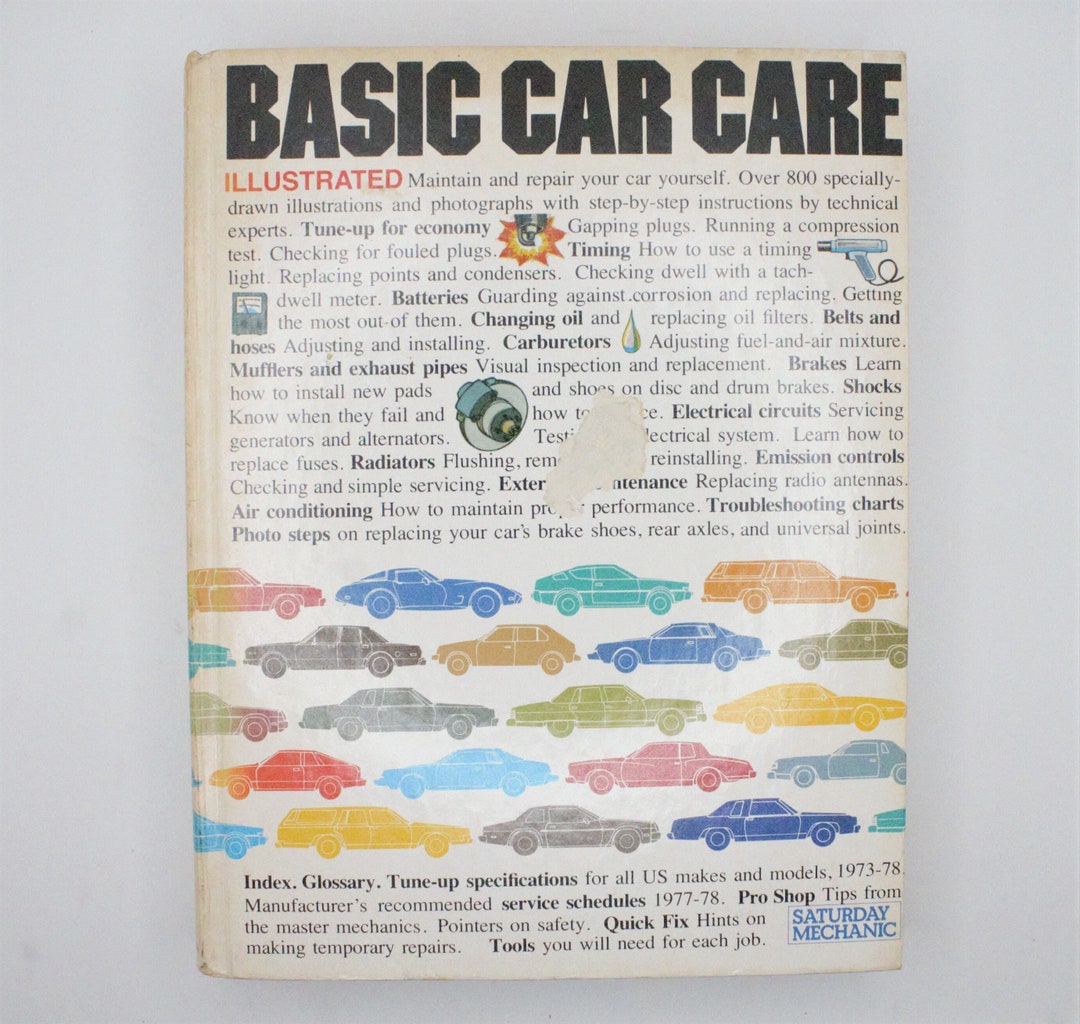Brake pad replacement usually takes around 30 minutes to 1 hour. Replacing brake pads is a crucial part of car maintenance to ensure optimal braking performance and safety.
Over time, brake pads wear down due to friction, and it is important to replace them before they become too thin and ineffective. Though the exact time required to change brake pads may vary depending on factors such as the vehicle type and model, it typically takes between 30 minutes to 1 hour.
This process involves removing the wheel, loosening the brake caliper, removing the old pads, installing the new ones, and reassembling the caliper. It is important to follow the manufacturer’s guidelines or consult a professional mechanic to ensure proper installation and functionality. Regular brake pad maintenance can enhance your car’s safety and prevent costly brake system repairs down the line.

Credit: www.etsy.com
Choosing The Right Brake Pads
When it comes to changing your brake pads, it’s important to choose the right ones to ensure your safety on the road. Brake pads play a crucial role in stopping your vehicle, so making an informed decision is vital. Let’s take a look at some key factors to consider when selecting the right brake pads for your vehicle.
Considering Your Driving Style
Before choosing brake pads, it’s important to consider your driving style. Do you mainly drive in the city, where there’s frequent stop-and-go traffic? Or do you enjoy spirited driving on winding country roads? Your driving style affects the amount of heat generated by the brakes, which in turn impacts the performance and lifespan of the brake pads.
Understanding Different Types Of Brake Pads
There are several types of brake pads available in the market, each with its own characteristics and advantages. Let’s take a closer look at some commonly used brake pad materials:
- Semimetallic Brake Pads: These brake pads are made from a combination of metals, including iron, copper, and steel. They offer excellent stopping power and are suitable for high-performance driving. However, they can be noisy and produce more brake dust.
- Ceramic Brake Pads: Ceramic brake pads are known for their quiet operation and low dust generation. They are also more durable and provide consistent performance across a wide range of temperatures. However, they may have a higher initial cost compared to other types of brake pads.
- Organic Brake Pads: Made from a mix of organic materials, such as rubber, glass, and resins, organic brake pads are affordable and produce minimal noise and dust. However, they may not offer the same level of stopping power as other types of brake pads, especially during heavy braking.
Each type of brake pad has its pros and cons, so it’s essential to choose the one that suits your specific driving needs.
Gathering The Necessary Tools
Before changing brake pads, it’s essential to gather the necessary tools. Having the right tools on hand can make the process much smoother and efficient. In this section, we will discuss the basic tools you will need as well as some optional tools that can help you complete the job with ease.
Basic Tools Required
When changing brake pads, you will need the following basic tools:
- A jack and jack stands to safely lift and support your vehicle.
- A lug wrench to loosen and remove the lug nuts from the wheels.
- A C-clamp or brake caliper tool to compress the caliper piston.
- A socket set or adjustable wrench to remove the caliper bolts.
- A flathead screwdriver or pry bar to remove the old brake pads from the caliper.
- A wire brush to clean the caliper bracket and slides.
- A brake cleaner to remove any dirt or debris from the brake components.
- High-temperature brake lubricant to prevent squeaking and ensure smooth braking.
- A torque wrench to properly tighten the lug nuts.
Optional Tools For Efficiency
In addition to the basic tools, the following optional tools can make the brake pad changing process more efficient:
- A brake piston rewinding tool, which can make compressing the caliper piston easier and quicker.
- A rubber mallet or dead blow hammer to gently tap the caliper and remove any rust or corrosion.
- Anti-seize compound to prevent the caliper bolts from seizing up in the future.
- A brake pad spreader tool to help evenly distribute the pressure when installing new brake pads.
- A flashlight or inspection mirror to get a better view of the brake components.
While these optional tools are not necessary, they can significantly streamline the process and ensure that you have everything you need to change the brake pads efficiently.
Preparing Your Vehicle
Before starting the process of changing your brake pads, it’s crucial to prepare your vehicle to ensure a safe and smooth operation. Here are the essential steps to follow for ensuring safety measures and lifting the vehicle.
Ensuring Safety Measures
Making safety a priority is paramount when working on any automotive maintenance task. First and foremost, ensure that you are working in a well-ventilated area with sufficient space to maneuver around the vehicle. Also, it is vital to put on protective gloves and safety goggles to shield yourself from any potential harm during the process.
- Work in a well-ventilated area.
- Wear protective gloves and safety goggles.
Lifting The Vehicle
Properly lifting the vehicle is crucial to accessing the brake pads. Ensure that the vehicle is on a stable and level surface before using a hydraulic jack or jack stands to elevate it. Check the vehicle’s manual for the exact lifting points. Be sure to place the stands or jack at the designated lifting points to avoid causing any damage to the vehicle.
- Place the vehicle on a stable and level surface.
- Use a hydraulic jack or jack stands to elevate the vehicle.
- Refer to the vehicle’s manual for the designated lifting points.

Credit: m.facebook.com
Removing The Old Brake Pads
When it’s time to change your brake pads, removing the old ones is the first step in the process. This crucial step ensures proper functioning of your brakes and safety on the road.
Unscrewing The Brake Caliper
Carefully unscrew the brake caliper bolts using a suitable wrench to access the brake pads. Make sure to keep track of the order and orientation of the bolts for easy reassembly later.
Inspecting The Brake Components
Thoroughly examine the brake components to determine the condition of the pads, rotors, and calipers. Look for any signs of wear, damage, or uneven wear patterns that may indicate a larger issue.
Installing The New Brake Pads
When it’s time to install the new brake pads, following the correct procedure is crucial for safety. Here is a step-by-step guide on how to properly install new brake pads on your vehicle.
Applying Lubrication
Before installing the new brake pads, apply lubrication to the caliper slides to ensure smooth movement.
- Use a silicone-based lubricant to prevent squeaking and ensure proper functioning.
- Apply a thin layer of lubricant to the caliper slides using a clean rag or brush.
- Make sure not to over-apply the lubricant to avoid any interference with the braking system.
Reassembling The Brake System
Once the new brake pads are in place, it’s time to reassemble the brake system for optimal performance.
- Carefully position the caliper over the new brake pads and secure it in place with the bolts.
- Tighten the bolts to the manufacturer’s recommended torque specifications using a torque wrench.
- Double-check that all components are secure and in the correct position before testing the brakes.

Credit: www.linkedin.com
Frequently Asked Questions Of How Long To Change Brake Pads
How Long Should It Take To Change Brake Pads?
Brake pad replacement typically takes one to two hours. This can vary based on the technician’s expertise and the vehicle model. Regular maintenance ensures optimal brake performance and prevents safety risks. Professional assistance ensures thorough and efficient brake pad replacement.
How Long Does It Take To Change 4 Brake Pads And Discs?
It typically takes about 1-2 hours to change 4 brake pads and discs.
Is Replacing Brake Pads Easy?
Replacing brake pads is a fairly easy task. It involves removing the old pads, installing new ones, and ensuring proper alignment. However, it is essential to have some knowledge or seek professional help to ensure safety and proper functioning of the brakes.
How Long Do Brake Pads Usually Last?
Brake pads typically last around 30,000 to 70,000 miles, but this can vary based on driving habits and road conditions. Regular maintenance and inspection can ensure optimal performance and safety.
Conclusion
Understanding how long it takes to change brake pads is crucial for maintaining vehicle safety. By following the right steps and using the correct tools, this task can be completed efficiently. Remember to prioritize safety and consult a professional if you encounter any difficulties.
Keep your vehicle in top condition and ensure a smoother, safer ride for years to come.